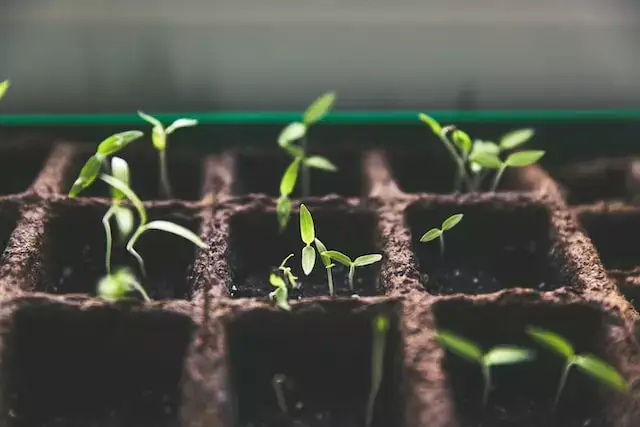Could I at any point control the weeds? Can I develop sufficient rummage? What yields might I at any point anticipate? How would I guarantee the wellbeing of my crop? What amount of time will change require? How would I get natural confirmation? Will it be productive?
In the event that you’re considering changing over completely to organic farmland and farming practices, you’ll confront many challenges. They should be thoroughly inspected and on the off chance that you choose to change over, a game plan must be created.
While it might appear to be an act of pure trust, at The Natural Exploration Place we have 20 years of experience in transformation and know that with cautious preparation and utilization of the most recent research and studies, change can be successful and rewarding for most homestead types—ranging from enormous scope arable and blended ranches to more modest cultivators.
The Initial Steps To Changing Over Completely To Organic Farming
The initial step is to visit organic farmland properties and understand how others are making it happen. Converse with natural ranchers and cultivators, go to studios and meetings, and connect with marketing outlets like organic mill operators, cooperatives, and wholesalers to evaluate the possible market for your final produce.
Collaborate with natural affirmation bodies and figure out what techniques are available. At this stage, it is vital to consult an expert organic guide who willingly wants to assist in evaluating the possibility of transitioning your farm into organic farmland. They can help identify the type of framework that would suit your homestead and outline the necessary changes during transformation.
Also may read this: How to Manage Organic Farmland Without Hassle
Dealing with the transformation time frame
The farm during restructuring is subject to the previous big business blend, the editing, animals, framework, and production intensity. Transformation is easier for some farmers, yet others will require significant changes. It’s important to understand these requirements before fully deciding to convert. A guide can also assist with crucial financial planning during the transformation time frame. Make sure the business is expected to be adequately profitable before beginning.
Organic farmland development may not suit every farm or farmer, so making the ideal decision at this stage is crucial.
A Stage of Progress
Changing over from customary to organic cultivating is a significant transition for both the land and the rancher. The transformation time frame might require specific management practices that won’t be needed once your organic farmland is fully established. The priority is to create a system that is sustainable long-term. This may include changes in soil management, crop rotation, livestock, and infrastructure.
Transformation Arranging
A change plan ought to include:
- An examination of the ranch, its assets and goals
- An arrangement of the ranch framework: soil and excrement the board, crop revolution, animals type, numbers and the executives
- A survey of the work necessities, foundation and hardware needs and a promoting plan
- Monetary planning for the transformation time frame and for the laid out natural homestead
A change timescale, which will be something like 2 years in a solitary step transformation, or might be north of quite a while with a bigger or more mind boggling ranch where an organized change will give time to resolve specialized issues and spread the speculation costs.
Before the transformation officially begins, you must apply for any organic grant schemes available and undergo inspection by one of the certification bodies. Conversion is highly site-specific. For instance, an intensive vegetable farm may need to build soil fertility through green manures or cover crops, while a sheep farm might focus on establishing a self-sufficient operation with breeds that require minimal veterinary input—ideal for an organic farmland setting.

